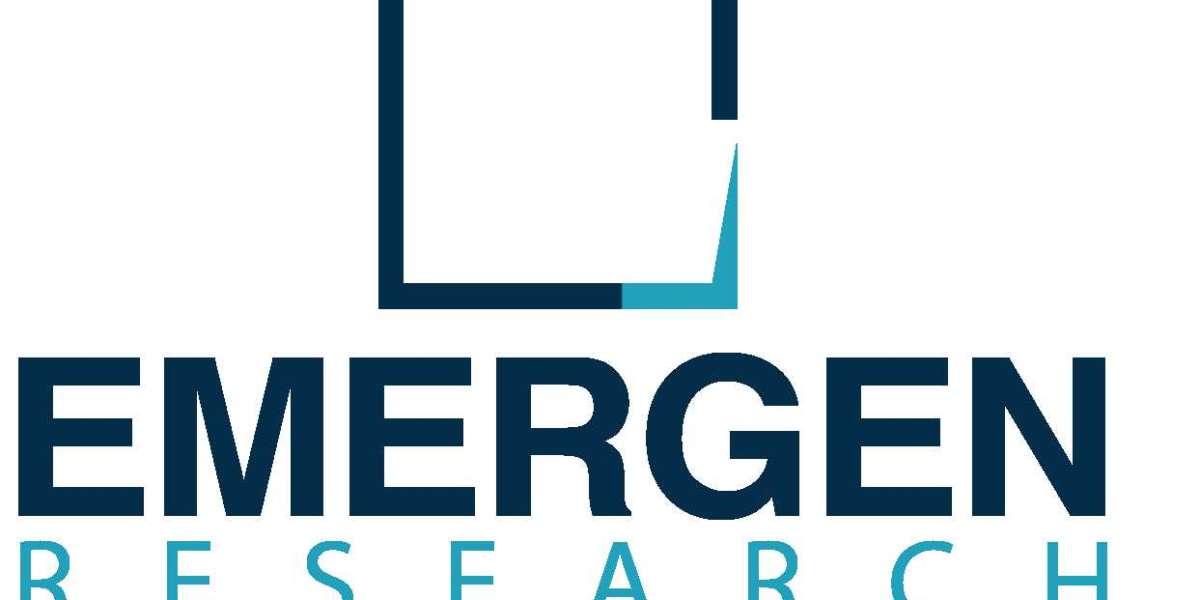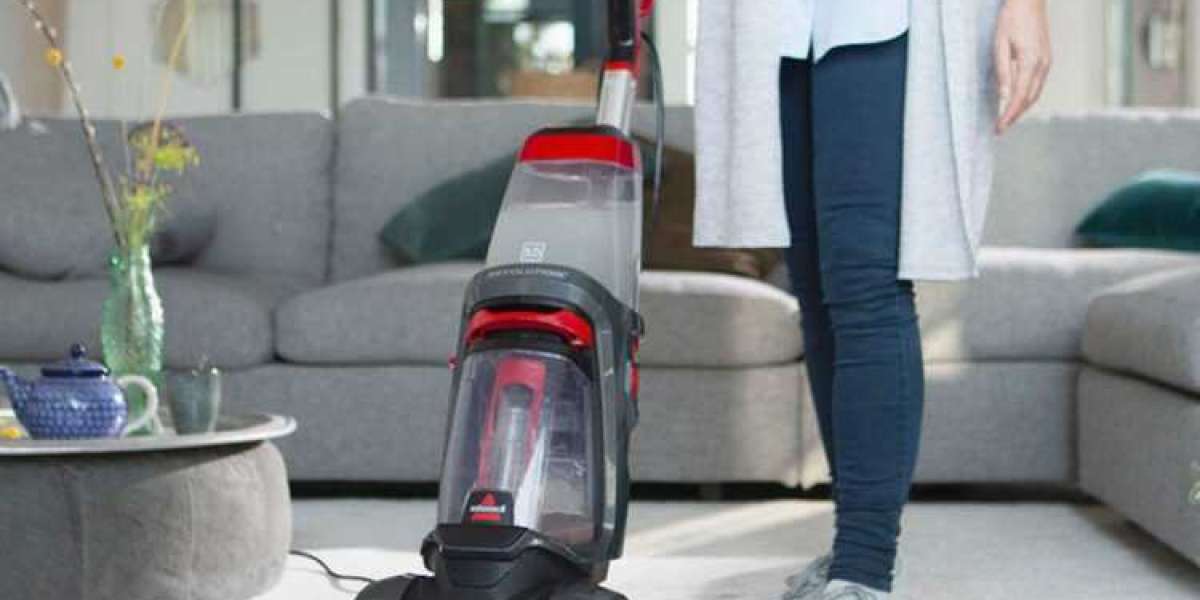Artvigil is known for its ability to enhance alertness and wakefulness. In today's fast-paced world, many individuals struggle with fatigue, drowsiness, and difficulty staying focused. Artvigil offers a potential solution to combat these challenges and improve overall cognitive performance.
Understanding Artvigil
Artvigil, also known by its generic name Armodafinil, is a prescription medication primarily used to treat sleep-related disorders such as narcolepsy, obstructive sleep apnea, and shift work sleep disorder. However, it has gained popularity as a cognitive enhancer among individuals seeking to boost their alertness and productivity.
Benefits of Artvigil
Increased alertness and wakefulness
Artvigil promotes wakefulness and helps individuals stay alert for extended periods, making it an ideal choice for those working night shifts or struggling with excessive daytime sleepiness.
2. Enhanced Cognitive Function
Artvigil has been shown to improve cognitive functions such as memory, focus, and decision-making. It can enhance mental clarity and productivity, making it popular among students, professionals, and individuals seeking to optimise their mental performance.
3. Reduced fatigue and drowsiness
By combating fatigue and drowsiness, Artvigil 150 enables individuals to remain energised and engaged throughout the day. It can be particularly beneficial for those dealing with chronic fatigue syndrome or sleep deprivation.
4. Treatment of Sleep Disorders
As a prescribed medication for sleep-related disorders, Artvigil effectively helps individuals manage conditions like narcolepsy and obstructive sleep apnea. It promotes a healthy sleep-wake cycle and reduces excessive daytime sleepiness.
Safe Usage and Precautions
While Artvigil can offer significant benefits, it is essential to use it responsibly and under medical supervision. The following recommendations are for safe usage:
Consultation with a Healthcare Professional
Before starting Artvigil, consult a healthcare professional who can evaluate your medical history and current medications and determine if Artvigil is suitable for you.
2. Follow the prescribed dosage.
Adhere to the prescribed dosage recommended by your healthcare provider. Taking higher doses or using Artvigil without medical supervision can lead to adverse effects.
3. Timing of Administration
For individuals with sleep-related disorders, Artvigil is typically taken in the morning to promote wakefulness during the day. However, follow your doctor's instructions regarding the timing of medication.
4. Potential Side Effects
While Artvigil is generally well tolerated, it can cause side effects such as headaches, nausea, nervousness, or difficulty sleeping. If you experience any concerning side effects, contact your healthcare provider promptly.
5. Avoiding Dependency
Artvigil should not be used as a long-term solution or relied upon as a substitute for healthy sleep habits. It is crucial to address the underlying causes of fatigue and sleep disturbances while using Artvigil as a short-term aid.
6. Informing other healthcare providers
If you are scheduled for any medical procedures or are planning to start new medications, inform your healthcare provider about your Artvigil usage to ensure proper coordination of care.
Conclusion
Artvigil is a medication with the potential to enhance alertness, wakefulness, and cognitive function. Its benefits extend beyond treating sleep-related disorders, as it can be a valuable tool for individuals seeking to optimise their mental performance and combat fatigue. Remember to use Artvigil responsibly, under medical supervision, and in conjunction with healthy lifestyle practises. If you believe Artvigil may be suitable for you, consult a healthcare professional to discuss your specific needs and determine the best course of action.



